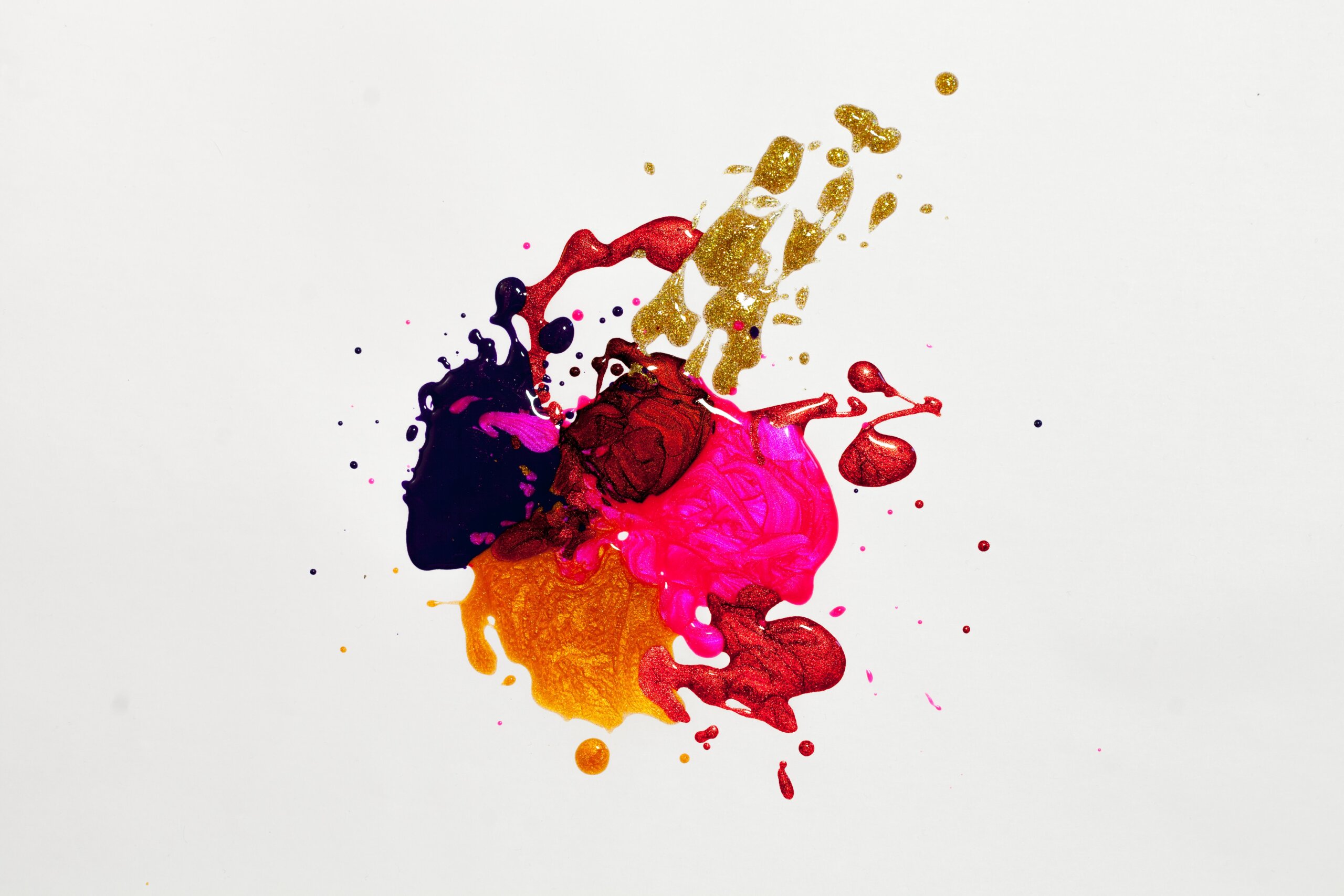
The advent of different social media channels has led to a change in the way research is being communicated. Science is now accessible beyond the traditional modes of communication. This has led to a rise in curiosity about science amongst the general public, which has been evident since the pandemic. Many scientific journals are also opting to present their science in innovative ways in order to attract and retain different categories of audiences and keep up with ongoing trends in research communication. One of the most common trends nowadays is to supplement the regular textual abstract with a graphical abstract for research papers.
These visual summaries have been shown to increase engagement with the audience and help authors and journals in disseminating information faster. And while there is enough buzz regarding the usage of graphical abstracts for research papers, there is also a lot of confusion regarding what it really entails. If you identify with the confusion, then this article may be able to help you out.
What are graphical abstracts?
In a graphical abstract, you use visual and pictorial information to summarize your research findings. You can use different formats; some graphical abstract examples include flow diagrams, visual system models, and infographics. You can choose a graphical abstract design that represents your findings most accurately depending upon the data that you wish to include.
A graphical abstract attracts more attention simply because humans are wired to respond positively to any kind of art. However, many researchers/scientists find it difficult to let go of the technical view and let their creative juices flow freely, which makes the task of preparing a graphical abstract quite daunting. If you’re in the same boat, then rest assured, there are several online tools that you can use in order to simplify this task. One such tool is Mind The Graph, which allows you to choose from over 40,000 scientifically accurate illustrations across 80 different scientific fields and create your own customized graphical abstract designs. Researchers can access and use this visualization tool to create infographics in minutes when you sign up free for the Researcher.Life Essentials Pack.
Tips to help you create graphical abstracts for research papers
Apart from relying on online tools, here are some things to keep in mind while preparing a graphical abstract for research or review paper.
- Focus only on the important findings: While a textual abstract may contain a summary of all the findings of your research, your graphical abstract need not do so. In order to make it easier to understand and more visually appealing, you can cover only the top or key highlights of your research. Shortlist what you want to cover, which will also simplify the process of preparing infographics and illustrations you intend to use in your graphical abstract.
- Avoid cluttering your work: Keep your graphical abstract design devoid of clutter by reducing the amount of text that goes in the graphical abstract. Allow for spaces and use symbols where possible; for example, replace words such as ‘increase’ or ‘decrease’ with the relevant arrow symbols.
- Use color combinations carefully: Pay extra attention while choosing the colors in your graphical abstract design. For example, use opposite/complementary colors such as: black and white, red and green, purple and yellow to highlight the opposing differences in your findings.
- Avoid being vague: While displaying information in your graphical abstract, follow a distinct scheme and connect the different elements of the abstract in a clear, concise way that leaves no room for confusion. For this, you can follow a left-to-right, a top-to-bottom, or a circular representation, while presenting a sequence or flow in your graphical abstract.
We hope the information provided above helps you understand graphical abstracts better. By keeping in mind the tips above, you should be able to improve the process of designing graphical abstracts and develop visually stunning graphical abstracts for research papers.



